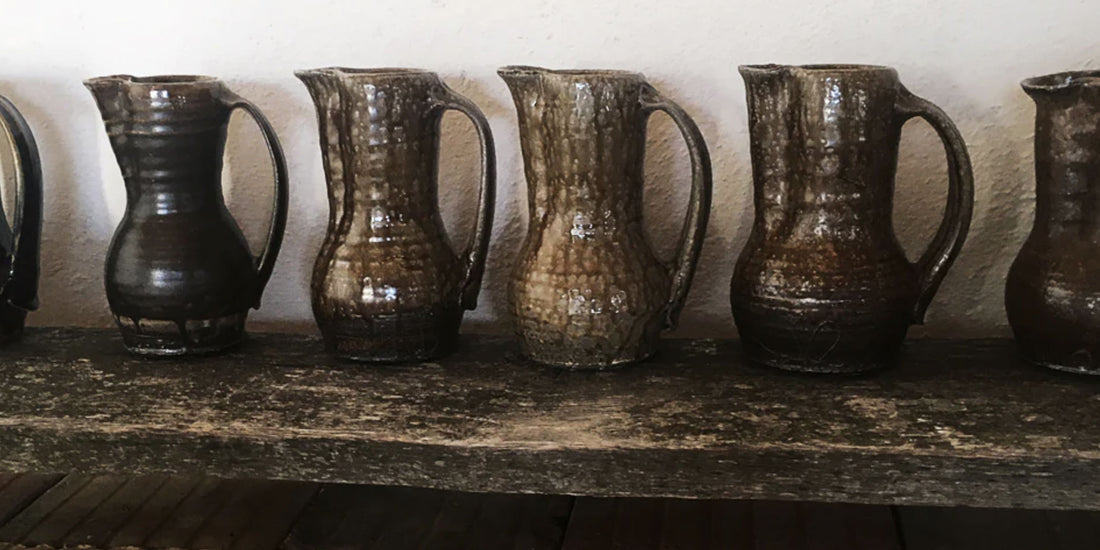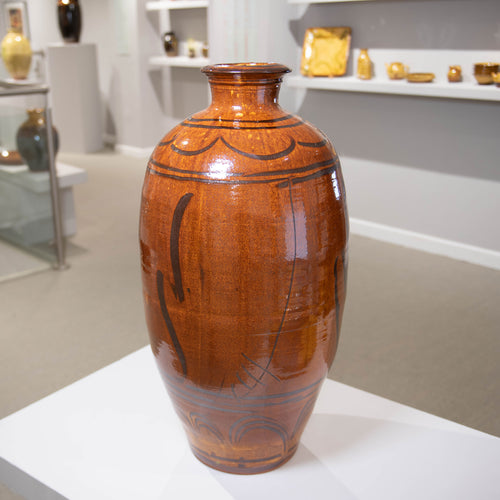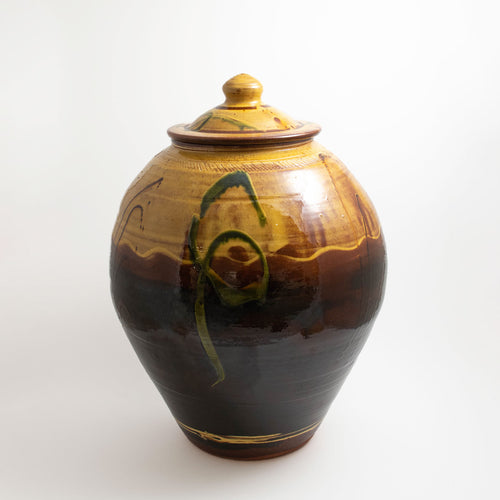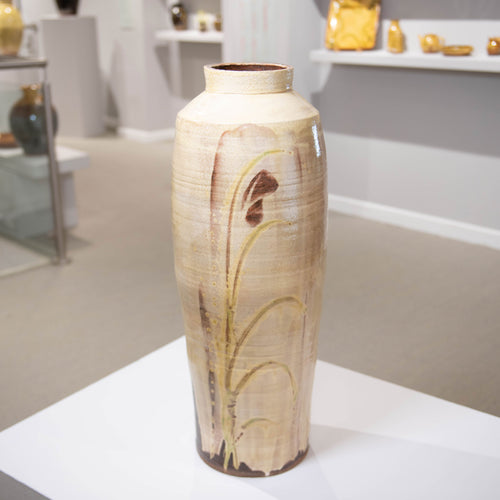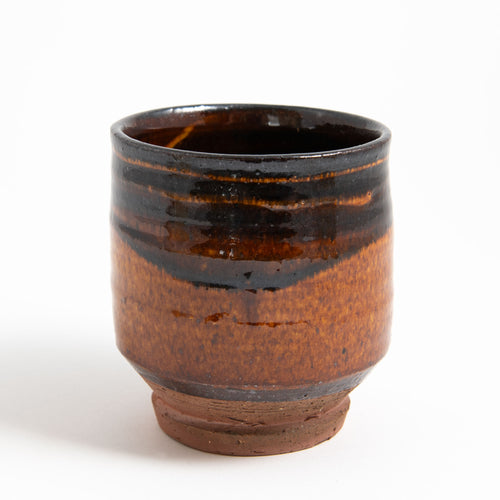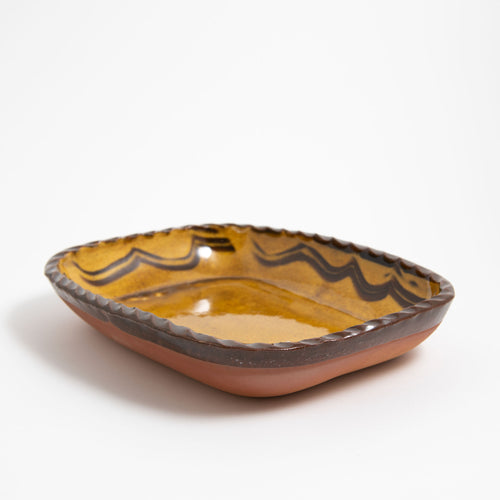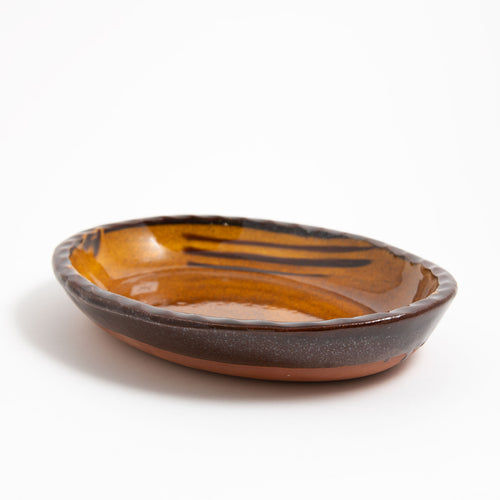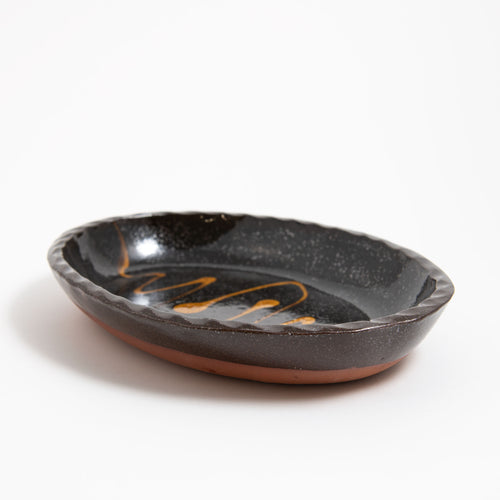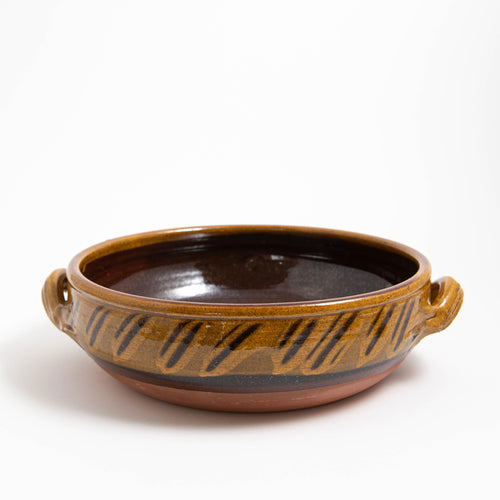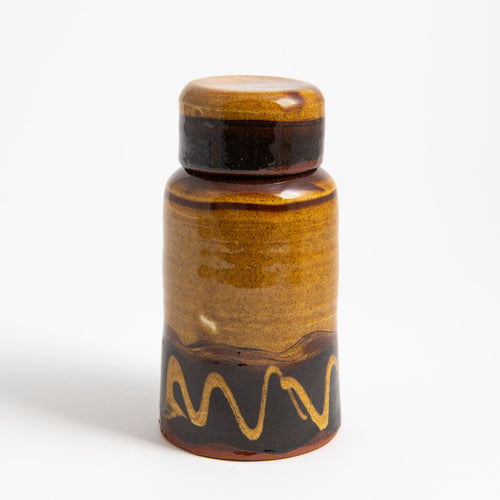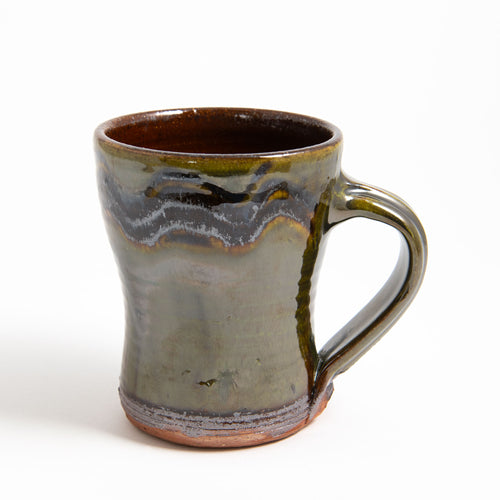The study of functional ceramics can throw up many surprises. Objects we take for granted in their daily use – the simple mug, or a customary teapot – have, over the hundreds of years of their existence, gone through innumerable permutations, their forms still being reinvented today. The more we look, the further we go back, the more changes we see to these basic thrown forms. To take a single shape and trace its roots can prove an endless process of discovery.
 Tenmoku jug and accompanying beaker by Danish potter Anne Mette Hjortshøj
Tenmoku jug and accompanying beaker by Danish potter Anne Mette Hjortshøj
So, to the humble jug. One of the simplest ceramic forms with the most basic of uses, requiring only room for its liquid contents, a handle with which to pour, and a neck and lip that allow water or wine to flow unimpeded from within. With examples from the ancient Minoan and Chinese civilisations dating as far as 2000 BCE and beyond, the jug remains one of the oldest of pottery vessels. Its origins no doubt reach further back to our very first expansion into the world of clay.
 Slipware potter Clive Bowen carries freshly decorated jugs to be stored before firing (above); Bowen applying decoration to a small medieval jug handle (below)
Slipware potter Clive Bowen carries freshly decorated jugs to be stored before firing (above); Bowen applying decoration to a small medieval jug handle (below)

With ease of form and function comes flexibility in interpretation, and the jug has seen its fair share of innovations over time, both within and between individual cultures. Ancient Greek and Etruscan oenochoai – terracotta jugs used to serve mixed wine at evening symposia – were frequently decorated with intricate geometric patterns and scenes from epic poems, myths, and folkloric tales. Greater volume in the jug’s body, with swollen, rounded belly, gave the potter more space and scope to show off his decoration. These images would often provide a focal point for dinner guests to discuss, as well as a source of admiration and amusement for their owners.
 Baluster jug by Clive Bowen
Baluster jug by Clive Bowen
By contrast, the medieval European Baluster jug – so named for its resemblance of a curved balustrade - is almost sculptural in its tall, rising form, with some jugs stretching to three or four feet high. Often used to carry ale or transport cooking water for kitchens, its height was more economical, preventing beer from going flat and taking up less room in cramped public houses.
 (above) tall jugs by wood-firing potter Nic Collins; (below) detail of jug by Nic Collins with bird decoration
(above) tall jugs by wood-firing potter Nic Collins; (below) detail of jug by Nic Collins with bird decoration

At the time of their conception, the shapes of these hand thrown forms, as with those of any latter-day potters, were chosen for purpose: for efficiency of use, and regard to display. Today, when such pieces are seldom used, found more often in glass cabinets than Mediterranean villas or on flagstone floors, they constitute a catalogue of forms with distinct characters derived from function and design: soaring and squat; intricate and unadorned; rustic and refined.
 Two pitchers by French slipware potter Jean-Nicholas Gérard, accompanied by photograph of Picasso and an iconic 'woman' vase
Two pitchers by French slipware potter Jean-Nicholas Gérard, accompanied by photograph of Picasso and an iconic 'woman' vase

As with almost any form in pottery, the language we use to describe jugs is deeply rooted in metaphor, particularly that of the human body: we look to where the lip meets the neck, the neck the shoulder, the billowing belly down to the foot at the base. There is a tendency amongst makers and critics alike to think and speak of the jug as a ‘feminine’ shape (something Picasso understood intuitively when he began to produce ceramic jugs and vases with painted nude models voluptuously mapping the curves of their clay form). Something of their natural rhythm and silhouette, from the upper rim that curves down into the neck only to swoop out and down once again in the curvature of the belly, is thought to recall the 'natural' hour-glass curve of the female figure.
 (above) London potter Lisa Hammond coaxes a jug into its characteristic lean; (below) more of Hammond's leaning jugs
(above) London potter Lisa Hammond coaxes a jug into its characteristic lean; (below) more of Hammond's leaning jugs

In truth, the malleability of the jug form and its adaptive line offers a plethora of personalities available to the thrower, from feminine to masculine and everything in-between. Anne Mette Hjortshøj’s tall-necked jugs, complete with extended throats to aid the flow of water, carry the air of a stately bird of paradise, its beak held proudly aloft; Lisa Hammond’s jugs are given an exaggerated lean, coaxed backward into their characteristic pose, that lends them a dynamic sense of motion; and in the Devon type jugs of Nic Collins, harking back to the traditional, rounded shapes of the 18th century, full, graceful form is combined with the scorching effects of anagama wood firing to make work that is at once elegant, earthy, and daringly executed.
 Potter Nic Collins throwing a Devon type jug (above) and the final product (below)
Potter Nic Collins throwing a Devon type jug (above) and the final product (below)

It speaks to the universality of this type of pottery, and the power of the specific forms devised by potters of the past, that today’s jug makers still look back for inspiration, referring to shapes so typical of their time. From German salt-glazed Bellarmine bottles to earthenware harvest jugs, covered in honey-yellow slip and sgraffito motifs, few contemporary potters working in functional ceramics can ignore their forebears’ strength of profile.
 (above) wood-fired jug by Welsh potter Phil Rogers; (below) two more jugs by Anne Mette Hjortshøj
(above) wood-fired jug by Welsh potter Phil Rogers; (below) two more jugs by Anne Mette Hjortshøj

Though the jug has a complex history, filled with a multitude of arrangements of shape still reincarnated to this day, it has at heart retained a simple form made for a simple function: to aid in drinking, feasting, dancing and merriment. The jug is the pot of sharing and festivity; long may it stay on our tables.
